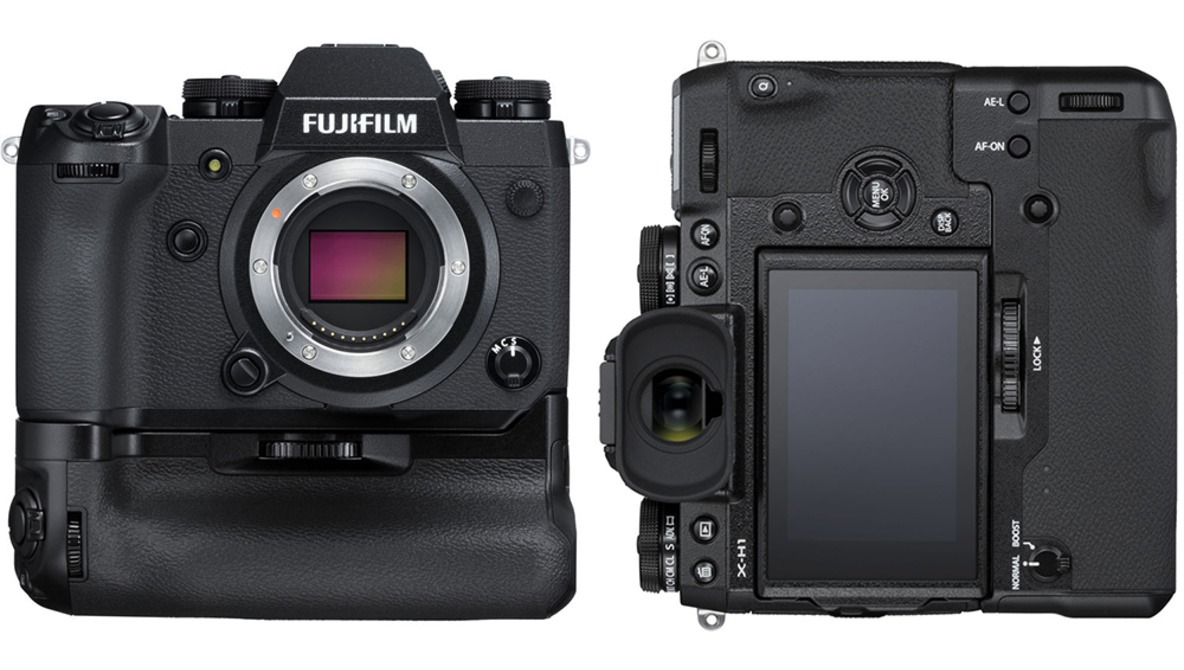
I have used, and continue to use, micro four thirds equipment. My usage goes back to 2006 when I purchased my first digital ILC, an Olympus E-300 four thirds camera. It was part of a kit that came with Olympus’ 14-45mm and 45-150mm four thirds lenses. I got a lot of use out of that camera, eventually gifting it to a then-college student. I would eventually purchase a number of Olympus four thirds bodies and lenses, followed by micro four thirds bodies from Olympus and Panasonic. When I consider all I’ve purchased over time, even heavily discounted, I’m a bit shocked and ashamed at all the expense.
Lately I find I’m being “coaxed” to spend more money — a lot more money on shiny new gewgaws that in no way can improve my photography. For example I’ve received a number of emails from B&H exhorting me to purchase what I’ve had my eye on (yes, I like to window shop a bit). It’s a good thing those feelings of shame are there to help me avoid spending that kind of money. Even when equipment is on sale, it’s still well above my financial comfort level. And the latest shiny new toys go ever higher in price. Consider that it’s not just the camera body you’re purchasing, but eventually a set of lenses. Unless of course you spring for a ‘kit’ zoom to go with that body; the kit zooms will add another $1,000 or so to the base price of the body. And then you should get at least one extra battery, preferably made by the camera manufacturer, and of course at least two rather expensive solid state memory cards, because that’s the only way you’ll be able to pour 30 frames/second of awesome photography into those cards. And then there’s this and that, especially if you bought it to also do video. And you want to process RAW from that camera, or grade video? Then you’re going to need a powerful enough computer to do that, as well as backup storage to hold everything. And so it goes…
A little history: I’ve purchased seven high-end micro four thirds bodies since 2010. They are the E-P2, a pair of E-M5s, a Pen F, an E-M1 M2, a Panasonic GH4, and a Panasonic G9. I paid full price for the E-P2 and the first E-M5. The second, sold as the E-M5 Elite, was a freebee with the purchase of the 2.8/12-40mm PRO (which you can see mounted on the G9 above). The only thing Elite about the second E-M5 was the better paint job and exterior cladding. Other than that it was the same E-M5 camera. From that point I picked up my collection of bodies heavily discounted by at least half their original MSRP. Granted these purchases were spread out over many years, but still, the money was spent and I would only get a fraction of any of that back if I decided to sell any of that kit today, in part because of the “micro four thirds is dead” doomsayers, and in part because a digital camera body, like a car, immediately looses half its value once it’s sold to you and is no longer in the store. I may as well keep all that gear, using it when the mood strikes, giving it away to a worthy soul (whom I would deem worthy) who’d like to try any of it out.
And then there’s all the lenses…
Right now I’m waiting on Panasonic to release a new firmware upgrade for the G9 on 9 June 2021, a week away. There’s nothing notable about the update, as the really useful firmware update was 2.0, released back in 2018, that bestowed quite a bit of GH5 functionality on the G9. Once it’s released I’ll take my time and let the more adventurous try it out. The firmware level on my G9 is 2.3, and it works quite nicely.
The best I can do right now are photos of my cats, dogs, and various flowers in my back garden. I’ll take a body and lens with me when I drive, on the off chance I might find something to stop and photograph, but I never do. It’s been years since I went on a photo walk-about. The gear I own might be old, no longer manufactured, but its potential still outstrips my own meager talents. It always has. With that rather harsh self-judgement, there’s no reason for me to purchase anything new, even if what I have eventually stops working; and none of it has so far, not even the E-P2.
So I’ll keep on using what I have.


You must be logged in to post a comment.